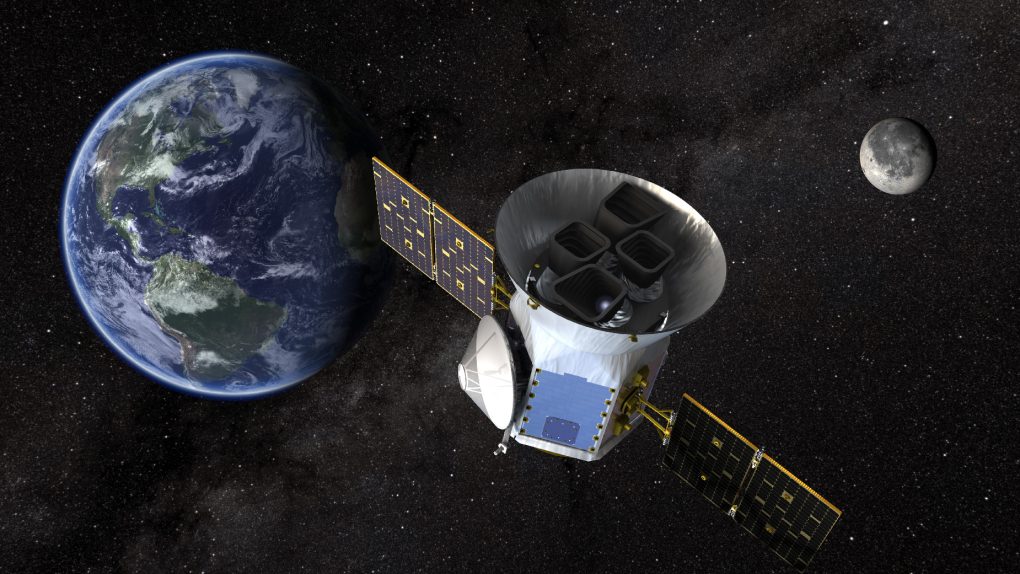Way back in April, NASA finally managed to launch TESS, the Transiting Exoplanet Survey Satellite. TESS is the latest weapon in NASA’s arsenal that is built specifically to search for planets outside of our own Solar System, and it’s an incredibly powerful device. About a month after it launch, TESS sent back a test photo that showed a star field of incomprehensible complexity, and now, a few months later, it’s finally ready to start doing the job it was built for.
The satellite makes its way around the Earth once every two weeks or so (13.5 days to be exact) and each time it completes and orbit it’ll send back a wealth of science data. That data will be combed by NASA researchers in order to find new planets lurking in our little galactic neighborhood.
“I’m thrilled that our new planet hunter mission is ready to start scouring our solar system’s neighborhood for new worlds,” NASA’s Paul Hertz, director of the astrophysics division, said in a statement. “Now that we know there are more planets than stars in our universe, I look forward to the strange, fantastic worlds we’re bound to discover.”
TESS will attempt to detect planets using a technique that has been used for many years already. By staring at distant stars for long periods of time, the satellite will spot dips in the brightness of the light beaming off of them, indicating a planet has pass in between the star and TESS’s sensitive camera array. These passes are called “transits” and they’re the best indicator we have for spotting far-off worlds.
By measuring how much the brightness dips and at what intervals, scientists can estimate the size of the planets and attempt to explain how close they are to their star. This data can also hint at what type of planet it might be, such as a gas giant or a rocky world like our own Earth.








